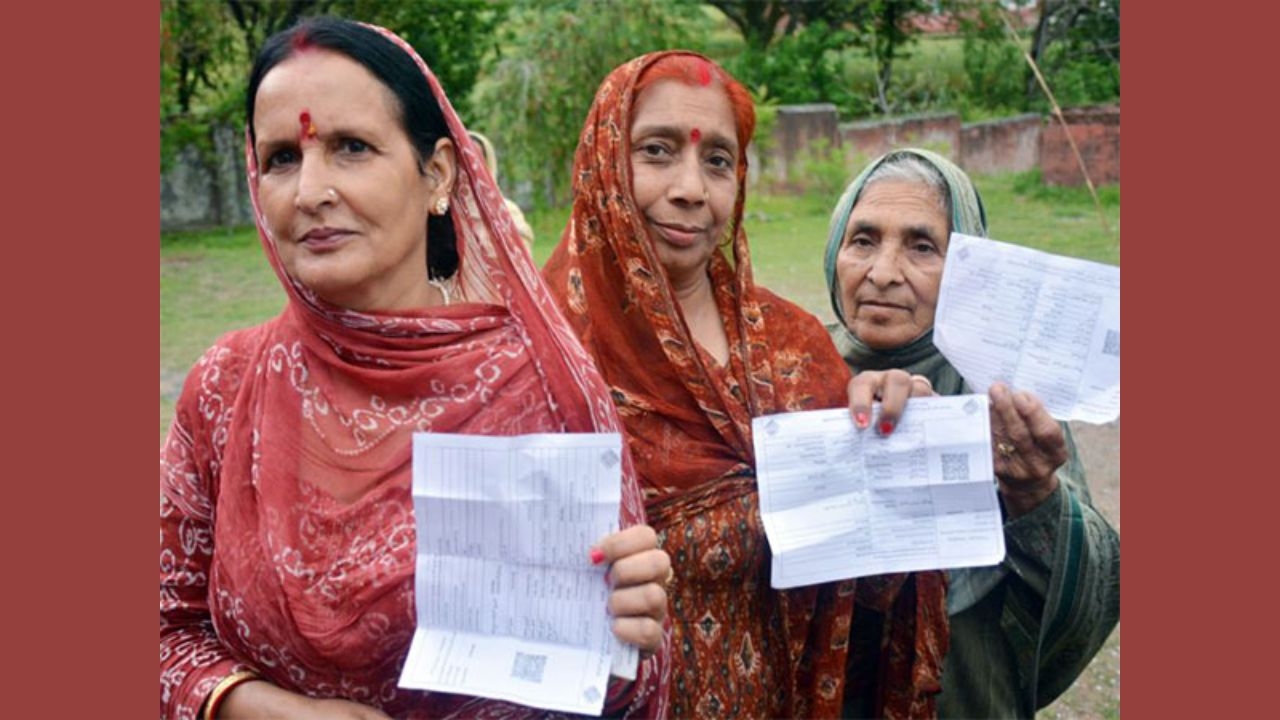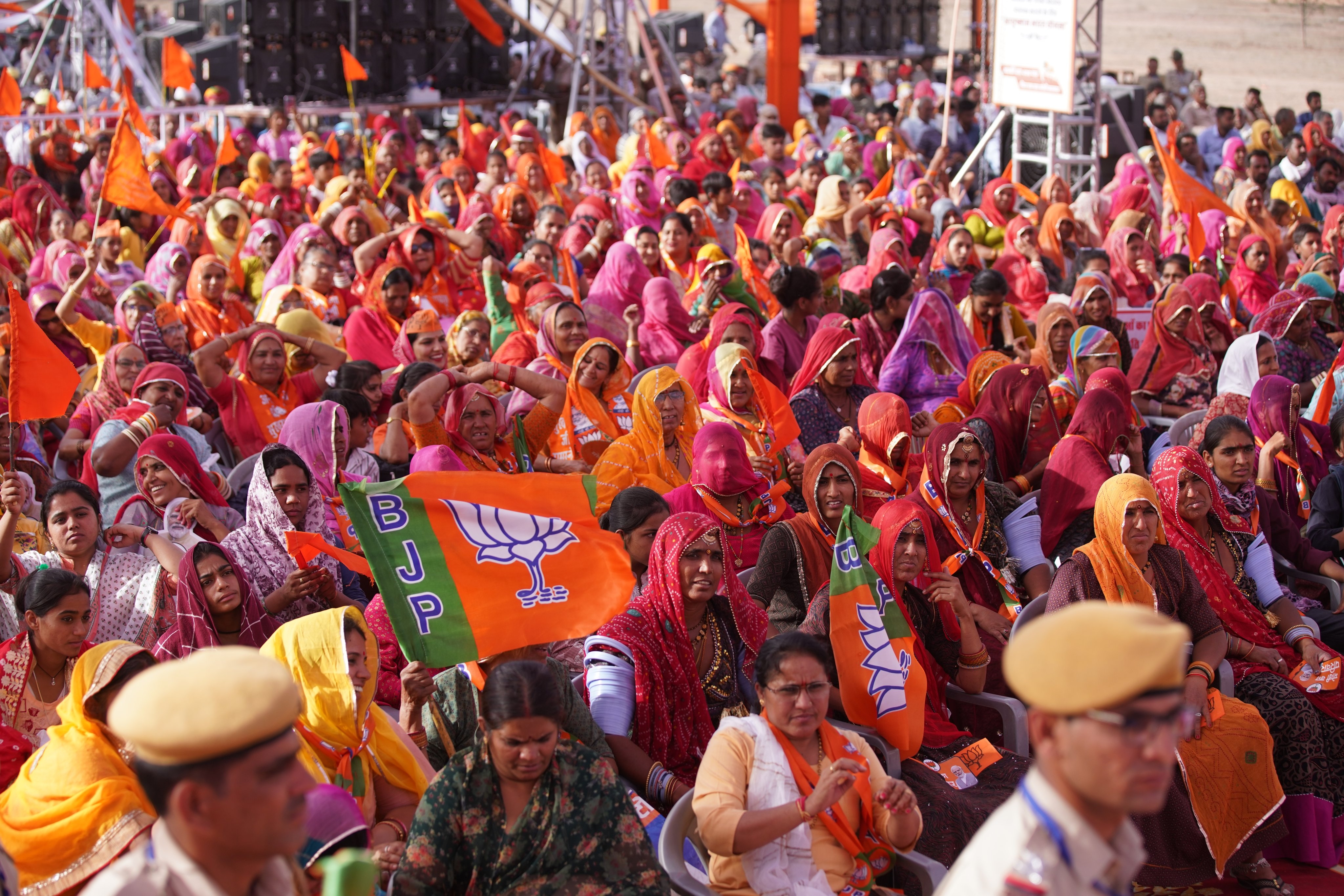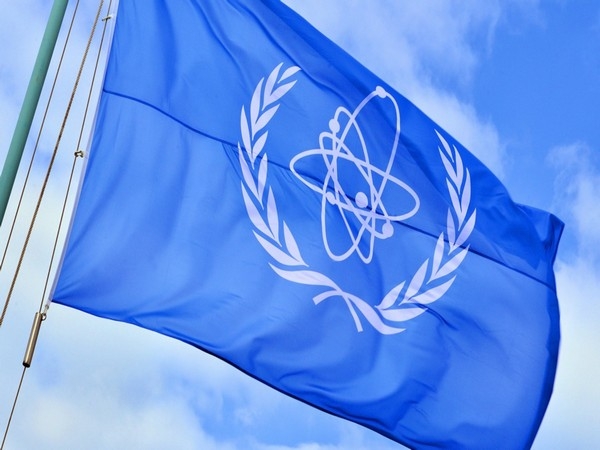Mander's PIL: Malegaon mess means tough choices for the Supreme Court

The grievances
- Rohini Salian\'s term as special public prosecutor in the 2008 Malegaon case lapsed this month
- Salian earlier alleged that the NIA wanted her to go slow in the case
- Harsh Mander filed a PIL, urging SC to ensure proper trial
The choices
- SC has a difficult choice to make between points of view of NIA and Maharashtra ATS
- Bringing back Salian would pit her against NIA which she has to represent
- Mandar\'s argumets draw on Asheemanand\'s confessions, which he has retracted
Social activist Harsh Mander brought the 2008 Malegaon blasts back into the limelight last week. He filed a public interest litigation in the Supreme Court, seeking its intervention in the case to ensure a free and fair trial.
Mander pointed to the disclosures by Rohini Salian, who was the special public prosecutor (SPP) in the case until recently. Salian, appointed by the National Investigation Agency (NIA), told the media in June that she was asked to "go soft" on the case.
The NIA denied Salian's allegations, but the fact remains that the agency did not renew her contract once her term expired on 3 August.
If the government's case collapses in court, it would be a boost for Hindutva groups claiming there is no such thing as 'saffron terror'.
But Mander's petition, combined with Salian's charges, presents some conflicting problems before the apex court.
Looking back
Malegaon, a small city in Maharashtra known for its weaving industry and spoofs on Hindi as well as Hollywood films, hit the headlines because of bomb blasts in 2006 and 2008.
Though Islamist terror groups were initially blamed for the bombings, they were later linked to radical Hindu groups who were also allegedly responsible for a series of bombings in 2007 on the Indo-Pak Samjhauta Express, at Hyderabad's Mecca Masjid and in Ajmer.
The blasts on 29 September 2008 killed seven persons and injured more than 80.
An investigation by the Maharashtra Anti-Terrorism Squad (ATS) led by Hemant Karkare (killed in the 26/11 attack) pointed to the involvement of outfits such as Abhinav Bharat, Rashtriya Jagran Manch, Sharda Sarvagya Peeth and Hindu Rashtra Sena.
Given the political stakes involved, justice for Malegaon seems to be a long shot
Among those arrested by the ATS were Sadhvi Pragya Thakur and Shrikant Purohit, a serving colonel in the Indian Army.
This raised the hackles of the BJP and the Hindu Right, who alleged that the Congress-led government had a communal agenda. The BJP also protested the appointment of SC Sinha to the National Human Rights Commission.
It was during Sinha's tenure as the NIA chief that the agency had cracked down on terror linked to saffron groups.
The build-up
The fall-out of the 2006 blasts was more convoluted. Several bombs went off in Malegaon on 8 September 2008, killing 37 and injuring 25.
In 2010, the CBI and the ATS accused nine Muslims for the blasts. Interestingly, most victims were Muslims who had gathered for prayers.
The twist in the tale came the next year, with the confessions of Swami Aseemanand, an RSS pracharak arrested by the CBI for plotting the 2007 blasts.
The swami, also known as Naba Kumar Sarkar, told a magistrate that RSS and its affiliates were responsible for all the attacks, including those in Malegaon.
Aseemanand later retracted the confession, but because of his statement, the NIA did not oppose the bail pleas of the nine arrested. The ATS, however, continued accusing them, putting the two agencies at loggerheads.
SC's dilemma
It is not going to be easy to untangle a mess like this. The resolution of some of these issues may not even be possible through judicial orders.
The first is the issue of Salian: can it be proved in court that the NIA had acted maliciously against her? It will be difficult to set a standard for such proof.
If the court sides with Salian, the accused could claim that she be allowed to continue as the SPP. That would pit her against the NIA, which she would represent.
On the other hand, even if the court appoints a new prosecutor, doubts about the NIA's motives would persist.
Second, Mander's case rests upon Aseemanand's now-retracted confession and an interview with the Caravan magazine, in which he reiterated that top RSS leaders and functionaries were involved in the attacks. However, he later denied that too.
The truth can be established only by a trial. In principle, a chargesheet carries far more weight than a retracted confession, so which would the court choose?
It is also difficult to resolve the conflict between the NIA and the ATS. The current government would risk alienating its largest political constituency and allies if it backs the NIA contention. If it goes with the ATS case, it will draw flak for being anti-Muslim.
The court can neither direct the government to decide, nor impose a ruling upon something that is the government's prerogative.
Third, siding with either the NIA or Salian will make it look like the Supreme Court has presumptively decided in favour of one side. It would amount to the apex court virtually donning the mantle of a trial court - a violation of legal principles.
That leaves only way out: the government and the investigative agencies must be completely transparent. But, given the stakes involved, justice for Malegaon might be a long shot.
First published: 19 August 2015, 23:12 IST
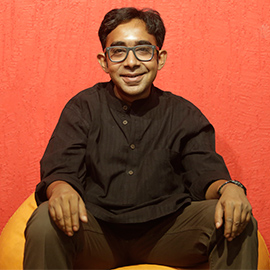
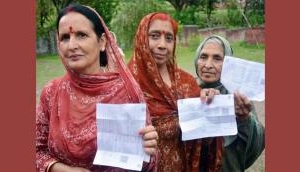
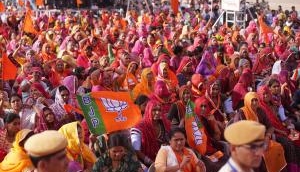

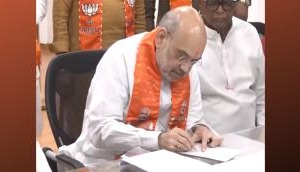
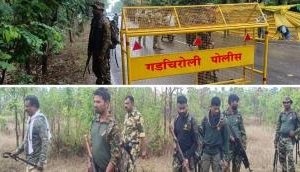
![BJP's Kapil Mishra recreates Shankar Mahadevan’s ‘Breathless’ song to highlight Delhi pollution [WATCH] BJP's Kapil Mishra recreates Shankar Mahadevan’s ‘Breathless’ song to highlight Delhi pollution [WATCH]](http://images.catchnews.com/upload/2022/11/03/kapil-mishra_240884_300x172.png)

![Anupam Kher shares pictures of his toned body on 67th birthday [MUST SEE] Anupam Kher shares pictures of his toned body on 67th birthday [MUST SEE]](http://images.catchnews.com/upload/2022/03/07/Anupam_kher_231145_300x172.jpg)



